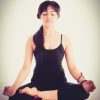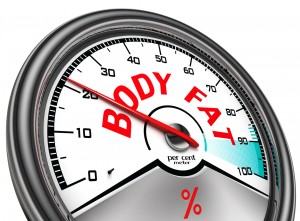How Did Active Release Techniques ® Revolutionise Soft Tissue Treatment?
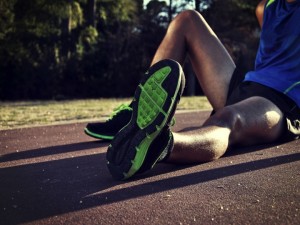
Whether you’re desk-bound or an athlete, you are likely to perform better by removing “scar tissue”.
To truly understand why Active Release revolutionised soft tissue treatment, let us take you through a bit about what happens when you get injured.
Phase 1 – Acute injury
An acute injury is large amounts of strain over a short period of time. When tissues or joints are torn, crushed, or overstretched you feel sharp pain. This is your body’s red alert signal.
Most injuries of this nature will not be painful in 6 weeks (extensive injury can be longer). This is about how long it takes for inflammation to go down and tissue remodeling to occur.
The point is your body does a pretty good job of healing damaged tissue by laying down scar tissue. Pain is what brings most people into our office but it is often long past 6 weeks since their injury. In fact, a lot of people are not even sure what they did for the pain to develop in the first place.
This is a different type of injury and requires a different approach.
Phase 2 – Chronic Injury
A chronic injury is an accumulation of small strains over a long period. This type of injury mainly feels like a tight dull ache in your muscles or joints. It mainly comes from the accumulation of strain from using your body incorrectly for long periods (think scar tissue building up). This means every time you sit, bend, or move you do so in ways that cause small amounts of damage to your body.
These micro-strains are like tiny acute injuries that occur over and over, every day. When the resultant scar tissue accumulates in your muscles enough to decrease the circulation and flexibility of your muscles, it becomes what is referred to as a “chronic overuse strain”.
Here is how to spot chronic overuse strains:
- Uncomfortable tension or pain in muscles
- Muscle feels hard and ropy,
- Stretching does not feel beneficial for long
- Decreased recovery or tolerance to exercise
- Numbness, weakness, or tingling
How Much Are Chronic Overuse Strains Limiting You?
As a general rule of thumb, the worse your posture or flexibility, the greater your risk of developing symptoms, and the faster you accumulate strain.
Who gets chronic overuse strains? Everyone!
It is more of a question to what degree.
Everybody’s life consists of things you have to or want to do. The movements that make up these activities are highly repetitive. Working your mouse, picking up your kids, or running 5k, stress the same structures in your body over and over again, day in day out.
Your body is amazingly resilient, but you only get one. It will do anything you ask of it but that is part of the problem. You need to use it responsibly for it to last. Good posture and ergonomics are a large part of it but also maintaining your flexibility and endurance are of paramount importance.
A lot of our patients do incredible things with their bodies. They train hard and have done so for a while. They know some aches and pains come with the territory. They do crazy distances or lift an incredible amount of weight.
Are their bodies going to last?
It depends largely on how well they listen to, operate, and maintain their body. When you push your body closer to 100% it needs to work closer to 100%.
The professional athletes you see competing are there because their bodies have stood up to the punishing rigors of training. You don’t see any hunched over gymnasts or Olympic lifters with rolled forward shoulders.
All the athletes who trained for these events with these faults were weeded out long ago.
This is where Active Release Technique comes back into the piece.
How Active Release Techniques ® Helps To Break Down Scar Tissue
Active Release revolutionized soft tissue treatment for chronic overuse strains back in the ’90s. It became the go-to method of treatment for pro athletes around the world to help them train harder and longer and to push the boundaries of performance.
Chronic overuse strains from training, repetitive movements, or injury build up over time in the form of scar tissue. This scar tissue literally glues the muscles together preventing them from sliding over top one another. This not only restricts flexibility but also blood flow.
Active Release‘s focus is on breaking down this scar tissue and restoring the normal slide of your tissues. This improves flexibility, stability, function, and blood flow. When a muscle is released you will feel the difference. It is not like a massage.
How Active Release Therapy Helps With Nerve Entrapment
Nerves can also become entrapped by scar tissue. Take, for example, the sciatic nerve (the nerve that runs from your bottom down the back of your leg). When you bend forward to touch your toes your sciatic nerve has to travel about 4 cm. Sometimes, scar tissue restricts the motion of the nerve.
Nerves really do not like to be stretched so when the nerve reaches its limit, the brain tells the hamstrings (the muscles in the back of your leg) to over-contract and become overused. This is a very frequently overlooked cause of tight hamstrings. Stretch as you may, it is not going to fix this type of problem.
Active Release offers effective methods to restore the normal slide of your nerves and helps to relieve symptoms such as numbness, weakness, or tingling.
A Note For Active People
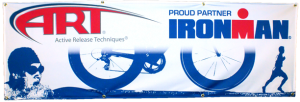 As a general rule, the worse your flexibility, the more overuse strains are limiting your capacity and increasing the wear and tear on your body.
As a general rule, the worse your flexibility, the more overuse strains are limiting your capacity and increasing the wear and tear on your body.
If you understand the body, it is not hard to tell where problems are going to develop.
For those who are consistently active multiple times a week, our advice is don’t wait until you are broken. Most aches and pains can usually be fixed without interruption to your training if you address them early enough.
Regular maintenance treatment (eg one a month) can make a difference in mitigating the stress and strain of your active life on your body. You are already investing large amounts of time and effort into doing the right thing so make sure you give yourself the best chance to stay active for years to come.
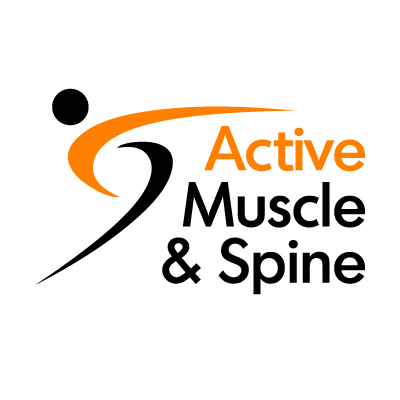

 As a general rule, the worse your flexibility, the more overuse strains are limiting your capacity and increasing the wear and tear on your body.
As a general rule, the worse your flexibility, the more overuse strains are limiting your capacity and increasing the wear and tear on your body.

